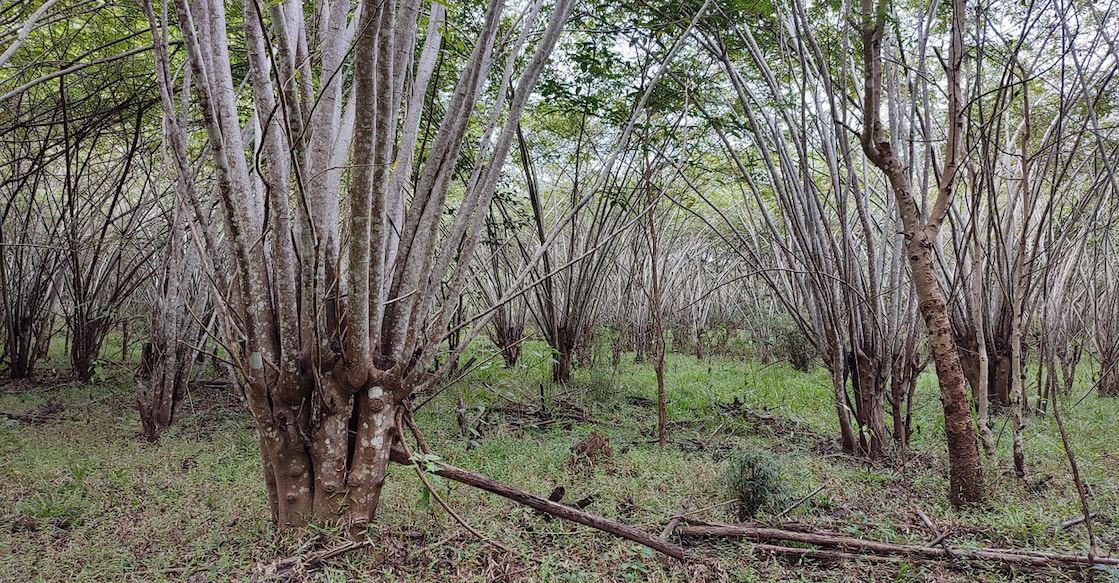Seed balls for nature; Forest Dept launches mission to restore native trees, curb alien species

Mail This Article
Wayanad: As the monsoon nears, the Forest Department is gearing up to drop over one lakh seed balls across the 344.44 sq km Wayanad Wildlife Sanctuary in a bid to restore native tree species and curb the spread of invasive plants that have threatened the region’s ecosystem for nearly a decade.
During the summer, forest staff collected seeds of various indigenous species and preserved them using traditional methods. Each seed was encased in a sun-dried mud ball made of clay and cow dung, forming a protective shell to guard against external damage. These hardened seed balls will be scattered across the forest, where they are expected to germinate with the arrival of the rains, benefiting from the nutrient-rich soil.
Among the collected seeds are Guava, Indian Gooseberry, Terminalia Bellirica (Thanni), Mango, Jackfruit, Jungle Jackfruit (Ayini), Beechwood (Kumizhu), Neem (Veppu) and Black Murdah (Karimaruthu). The seeds of bamboo were also collected as part of the efforts.
Muthanga Forest Range Officer Sanjai Kumar told Onmanorama that the mission had started early. "Our entire field staff were part of the mission", he said, adding that a massive seed collection drive was held across the Wayanad sanctuary in sections of Tholppetti, Kurichiad, Muthanga and Sulthan Bathery.
Bamboo for the forest
Given bamboo's vital role in forest regeneration and as fodder for herbivores, the drive also prioritises its planting.
“We collected bamboo seeds from Parambikulam and Nilambur, besides Wayanad, because seeds from the same region tend to flower simultaneously, leading to mass destruction after flowering,” said Sanjai. By mixing seeds from different ecological zones, some bamboo clusters will survive in the forest, providing fodder for herbivores until new plants from the vanished clusters germinate and grow.
An effort to drive away the alien Senna
Invasive tree species threaten indigenous varieties in Wayanad Wildlife Sanctuary, with over a dozen identified by the forest department. Among them, Senna Spectabilis, locally called Manjakonna, poses the greatest risk. This invasive plant drives away herbivores and carnivores, fuels human-animal conflicts, and has overrun crucial grasslands. The ongoing mission focuses on restoring these Senna-infested zones.
A joint study by Ferns Nature Conservation Society and the Department of Forests and Wildlife found that by 2022, Senna Spectabilis had infested over 123.86 sq km (about 35%) of the Sanctuary. Of this, 18.61 sq km was densely covered, while 9.46 sq km showed low spread.
"We have cleared Senna trees from two plots, one of 100 hectares and othe ther of 80 hectares, and are now working on ecosystem rejuvenation,” said Sanjai. He added that the new seedlings will help restore balance by replacing alien species. "We are also uprooting unwanted plants to support the growth of native trees and seedlings," he added.

